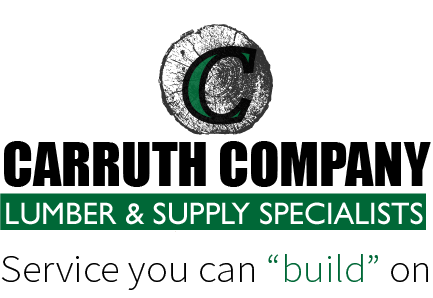Understanding Wood Treatment: Pressure-Treated vs. Non-Treated Lumber
WHEN YOU’RE BEGINNING ANY CONSTRUCTION OR WOODWORKING PROJECT, CHOOSING THE RIGHT MATERIALS IS CRUCIAL TO THE LONGEVITY AND SUCCESS OF YOUR WORK. oNE OF THE MOST IMPORTANT DECISIONS YOU’LL MAKE IS WHETHER TO USE PRESSURE-TREATED OR NON-TREATED LUMBER. eACH TYPE HAS ITS OWN ADVANTAGES, AND UNDERSTANDING THESE CAN HELP YOU SELECT THE BEST OPTION FOR YOUR SPECIFIC NEEDS.
wHAT IS PRESSURE-TREATED LUMBER?
Pressure-treated lumber is wood that has been infused with chemical preservatives to protect it from rot, decay, and insect damage. This treatment process involves placing the wood in a pressurized chamber where preservatives are forced deep into the fibers of the wood. The result is a material that is highly resistant to the elements and ideal for use in outdoor and high-moisture environments.
Advantages of Pressure-Treated Lumber:
Durability: The treatment process makes the wood resistant to rot, fungi, and insects, significantly extending its lifespan, especially when exposed to harsh weather conditions
Versatility: Pressure-treated wood can be used in a wide range of applications, from decking and fencing to outdoor furniture and garden beds
Cost-Effective: Although slightly more expensive than non-treated lumber, its longevity and reduced need for maintenance make it a cost-effective choice for outdoor projects
When to use Pressure-Treated Lumber:
Pressure-treated lumber is your go-to material for any project where the wood will be in contact with the ground, exposed to moisture, or subject to insect attack. Common uses include:
Decks and Patios: Ensuring that your deck stands up to years of weather exposure
Fences and Pergolas: Providing long-lasting support structures in your yard
Retaining Walls and Garden Beds: Protecting wood that is in constant contact with soil and moisture
What is non-Treated Lumber?
Non-treated lumber, often referred to as “untreated” or “natural” wood, is wood that has not been infused with any chemical preservatives. This type of lumber is typically used in indoor projects or in environments where the wood will not be exposed to moisture or insects.
Advantages of Non-Treated Lumber:
Natural Aesthetic: Non-treated wood maintains its natural appearance and can be easily stained or painted to match any design aesthetic
Indoor Use: Ideal for indoor applications where the wood is not exposed to the elements, such as furniture, cabinetry, and interior walls
Chemical-Free: For projects where environmental or health concerns are a priority, non-treated wood offers a chemical-free alternative
When to use non-treated lumber:
Non-treated lumber is best suited for indoor projects or situations where the wood will remain dry and away from insect-prone areas. Ideal uses include:
Interior Walls and Flooring: Providing a natural and warm look for home interiors
Furniture and Cabinetry: Crafting beautiful, custom pieces that highlight the wood’s natural beauty
Shelving and Storing: Building sturdy and attractive storage solutions for indoor spaces
Making the right choice
When deciding between pressure-treated and non-treated lumber, consider the environment in which the wood will be used and the specific demands of your project. If your project involves outdoor exposure, moisture, or ground contact, pressure-treated lumber is the clear choice for its durability and resistance to decay. For indoor projects or when a natural look is desired, non-treated lumber is often the better option.
At The Carruth Company, we carry a wide selection of both pressure-treated and non-treated lumber, ensuring that you have the right materials for every project. Trust us with your next project and let our knowledgeable staff guide you in picking the best lumber for what you need.
